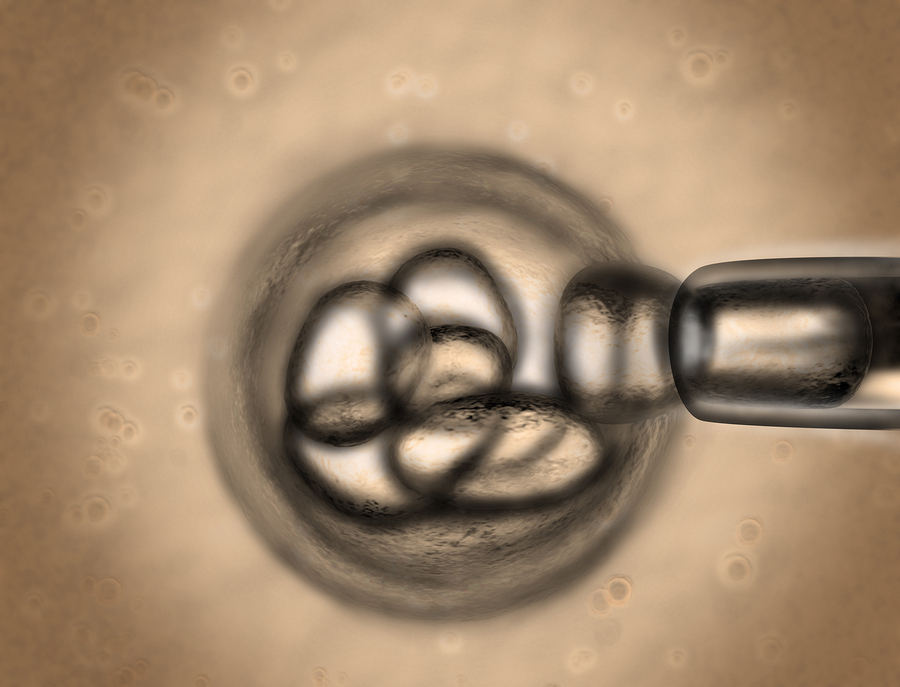
Some clinics offer stem cell therapy for conditions such as muscular dystrophy, cerebral palsy, stroke or autism
Hundreds of clinics are marketing stem cell treatments to people who are desperate for treatment for everything from autism to joint injuries. Virtually none of the treatments offered are approved by the U.S. Food and Drug Administration. A new study by University of Minnesota’s Leigh Turner and University of California Davis’ Paul Knoepfler found literally hundreds of clinics advertising the unproven stem cell treatments directly to consumers.
How did the researchers find the clinics? The same way prospective patients do – through the Internet. “We found 351 U.S. business engaged in direct-to-consumer marketing of stem cell interventions offered at 570 clinics,” said Turner. Although not accusing these clinics of fraud, Turner and Kneopfler expressed concern that at least some of these clinics are exploiting both a lack of education and a lack of regulation of stem cells.
Some clinics advertise stem cells treatments for cosmetic treatments such as stem cell facelifts, breast augmentation, or sexual enhancement. Other clinics offer treatment for 30 or more diseases and injuries, which include common orthopedic conditions, degenerative conditions, neurological disorders, spinal cord injuries and cardiac diseases. Some doctors are working in unfamiliar areas, such as a dermatologist doing stem cell therapy for a neurological condition.
The FDA says that stem cells have the ability to divide and develop into many types of cells in the body. They may help repair the body by dividing and replenishing cells that are damaged by injury, disease or normal wear. When a stem cell divides, it has the ability to remain a stem cell, or become another type of specialized cell, such as nerve or skin.
Three types of stem cells have been identified so far: adult stem cells, human embryonic stem cells, and induced pluripotent stem cells. All have the ability to survived over long periods and divide to make additional stem cells. All are unspecialized, and can develop into specialized cell types that do specific work throughout the body.
The research, which was published Thursday in the journal Cell Stem Cell, found that the stem cells advertised by the clinics typically were adult stem cells, that come from the patient’s own body. About 20 percent of those clinics use cells taken from someone else. A few marketed treatment with cells from amniotic material, umbilical cords or placental tissue.
Most of the advertised treatments use fat adipose-derived stem cells, but Knoepfler says, “The fat cell stem cell area is really complicated.” Clinics typically use these cells for conditions that are completely unrelated to fat, such as neurological problems, so these interventions are higher risk. Even if treatment is done using a patient’s own stem cells, there are risks. Stem cells have the ability to multiply wildly, which can cause tumors to grow.
Turner says that the harm with these treatments is that people are often not making a choice about participating in research, and frequently don’t even know that the treatment they are about to receive is experimental. Some clinics appear to be taking advantage of patients who are desperate to try any treatment that might help them.
The only use of stem cells currently approved by the FDA is that of human embryonic stem cells, that come from infant cord blood.

Leave a Reply